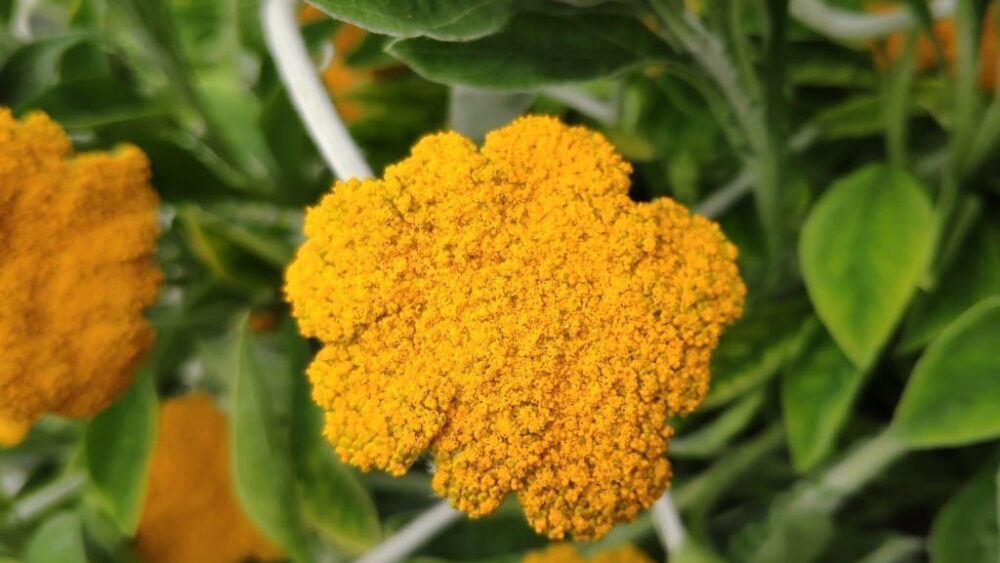In recent years, the world of cannabinoids has expanded beyond the confines of the familiar cannabis plant. Scientists have been delving into the intriguing realm of non-cannabis plants and uncovering a treasure trove of rare cannabinoids that hold promise for various therapeutic applications. This groundbreaking research, spearheaded by researchers Ferdinand Bohlmann and Evelyn Hoffman affiliated with Israel’s Weizmann Institute, opens up new possibilities for harnessing the potential of these compounds.
Traditionally, cannabinoids like THC and CBD have been primarily associated with cannabis, but emerging studies are revealing that these compounds are not exclusive to this plant family. Bohlmann and Hoffman have identified an array of rare cannabinoids in plants not commonly associated with cannabis. One remarkable discovery is the presence of cannabinoids in plants such as liverwort, helichrysum, and even black truffles.
Liverwort, a moss-like plant, has been found to produce perrottetinene, a compound with structural similarities to THC. While its psychoactive effects are yet to be fully understood, perrottetinene’s existence in a non-cannabis plant challenges our preconceptions about cannabinoid sources.
Helichrysum, a flowering plant often used in traditional medicine, is another unexpected cannabinoid source. Studies have shown that it produces cannabigerol (CBG), a cannabinoid gaining attention for its potential anti-inflammatory and neuroprotective properties. The discovery of CBG in helichrysum underscores the diverse origins of these compounds.
Even the luxurious world of gourmet cuisine holds a surprise – black truffles contain anandamide, often referred to as the “bliss molecule.” Anandamide plays a role in mood regulation and has been linked to the “runner’s high.” Finding this cannabinoid in truffles adds a new layer to the intricate relationship between cannabinoids and human experiences.
The identification of rare cannabinoids beyond cannabis offers exciting prospects for medical and scientific advancements. These compounds, with their distinct properties and effects, could lead to the development of novel therapeutic treatments. Researchers, led by Bohlmann and Hoffman, are investigating their potential in pain management, anxiety relief, and various neurological disorders.
As we continue to unravel the mysteries of rare cannabinoids in non-cannabis plants, it is evident that the world of pharmacology is far from fully understood. This paradigm shift, driven by the pioneering work of Ferdinand Bohlmann and Evelyn Hoffman, challenges us to broaden our perspectives and explore nature’s bounty in unexpected places. While research is still in its early stages, the promise of these unique cannabinoids offers a glimpse into a future where healing compounds are not limited to a single plant family, but are scattered throughout the botanical kingdom, waiting to be discovered and harnessed for the betterment of human health.


